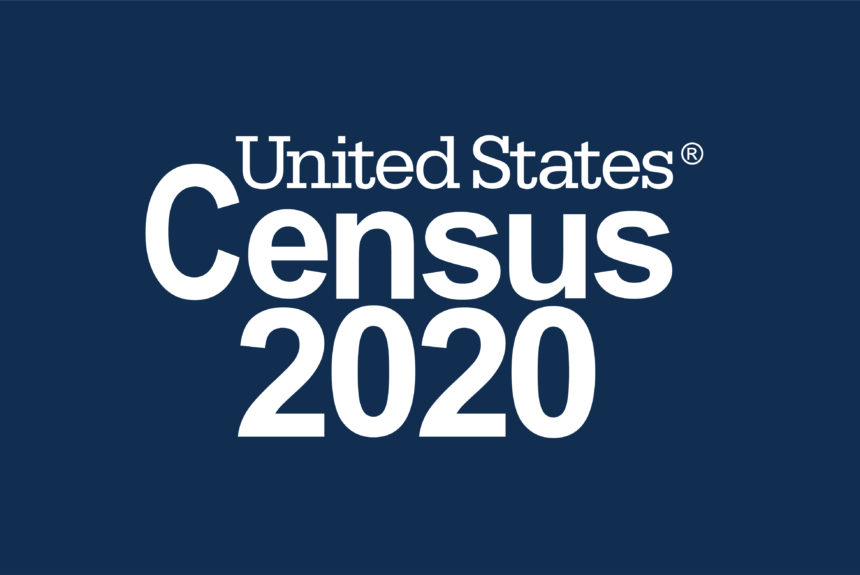The U.S. Census Bureau has extended the 2020 Census deadline, originally set for the end of July 1 to October 31 in the wake of the COVID-19 pandemic. The 202 Census is closer than you think. Here’s a quick refresher of what it is and why it’s essential that everyone is counted. Please use the resources below to learn more:
The census begins in March 2020. The Census Bureau will mail you instructions and reminders to respond to the census through the end of April. You can respond by phone, online, or through the paper form. If you respond to the census in March or April, then a census taker will not come to your home. Starting in mid-May, census takers will visit households that have not yet responded to the census.
Responses to Census questions provide a snapshot of the nation. Census results affect your voice in government, how much funding your community receives, and how your community plans for the future. When you fill out the Census, you will help:
- Determine how many seats your state gets in Congresses.
- Inform how more than $675 billion in federal funding is distributed to states and communities each year.
- Create jobs, provide housing, prepare for emergencies, and build schools, roads and hospitals.
How to identity a Census Taker: First, ask to see their ID badge. All census workers carry official government badges that include their name, photograph, a Department of Commerce watermark, and an expiration date.
- A census taker carries an official bag with the Census Bureau logo and laptop, smartphone, or tablet for conducting the survey.
- The census taker will provide you with a letter in English from the Census Bureau on official letterhead stating why they are visiting your residence.
- Census takers conduct their work between the hours of 9AM and 9PM local time.
- Upon request, the census taker will provide you with their supervisor’s contact information and/or the phone number for your Regional Census Center (https://2020census.gov/en/contact-us/rcc) which supervises the activities of all field representatives in your area.
- If you wish to independently confirm that the person at your door is a Census Bureau employee, you can enter their name in the Census Bureau’s staff search website or contact the Regional Census Center for your area.
- A census taker will never ask to enter your home.
Learn more on how to identify a Census Taker.
Your responses to the 2020 Census are protected by law. Under Title 13 of the U.S. Code, the U.S. Census Bureau cannot release any information that identifies you individually. Every Census Bureau employee and contractor is sworn for life to always protect your information. Violating that oath carries stiff penalties for all Census Bureau workers — a fine up to $250,000 and/or up to five years in prison. The Census Bureau uses your information for statistical purposes only, such as helping to inform decisions for new hospitals, schools and roads. Click here to learn more on how response to the 2020 Census are secure.
The use of digital platforms changed how people get their news and updates, making it easier to spread scams and false information. The U.S. Census Bureau is dedicated to protecting you from misinformation and disinformation about the 2020 Census. Help us protect the count by reporting inaccurate, suspicious,or fraudulent information you read, hear, or spot online. Click here to learn more.
The 2020 Census is the first decennial census with a full Internet option and the first to extensively use technology—instead of paper—to manage and conduct field work. We build on established technologies to use the most advanced and viable solutions today. We continually research and upgrade methods and technology to safeguard data and protect confidentiality of responses through secured systems. Click here to learn more.


